This country in Eastern Europe is home to seven World Heritage Sites, including the Kyiv Monastery of the Caves and St. Sophia Cathedral, which you can see in the image below, blending in with the colorful Kyiv skyline. Many other ancient structures are strewn across the country, having weathered revolutions, upheavals, and wars. The timeless influences of Byzantine architecture and Imperial Russia can be seen in structures like the reconstructed Golden Gates that have been standing since 1037.
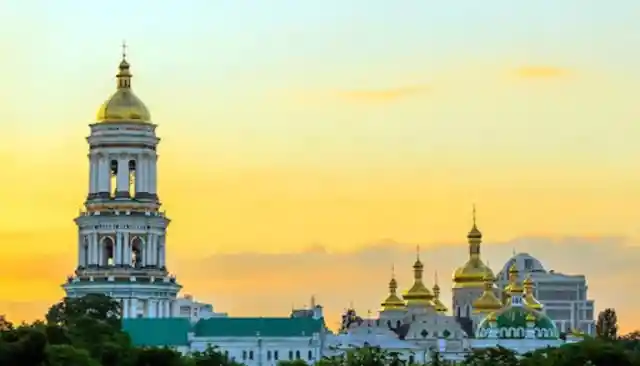
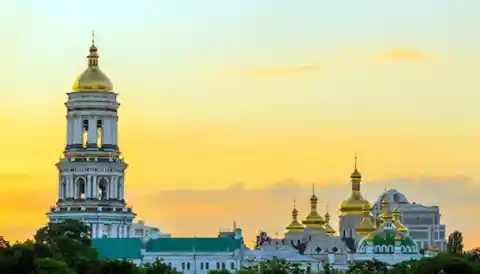
Some structures were inspired by Stalinist architecture that was supposedly enforced to uphold communist values. This rich history is just one of many reasons why we are heartbroken to see the impact of the Russian invasion on Ukraine. Russia’s strategic military moves are putting this sovereign nation in the global spotlight, while few people know about its rich history and beauty. If you’d like to learn more about the wonders of Ukraine, read on to discover the little-known facts that make this nation so interesting.
The Second-Largest Country in Europe
It’s surprising that few people know much about Ukraine, considering it is Europe’s second-largest country, measuring 233,062 square miles. Ukraine features beautiful landscapes made green and lush by the rivers Dnieper, Southern Bug, and others. Toward the eastern hills, it shares upland borders with Russia and Belarus.
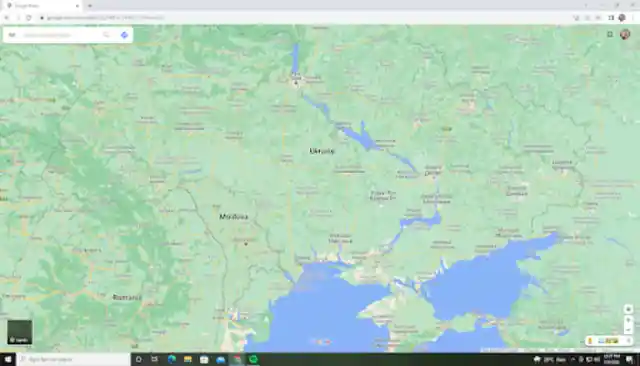
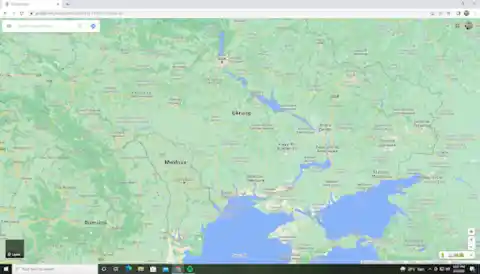
Traveling down south will lead you to the country’s coastline along the Black Sea and the Sea of Azov. Poland and Slovakia share borders with Ukraine to the west. As you can see from the map above, Ukraine is far larger than the surrounding countries.
Ukraine Is Home to Seven World Heritage Sites
One too many of Ukraine’s historical structures have been threatened over time, and again today with Russia's aggression. One of the most beautiful examples is the Saint-Sophia Cathedral, with its golden domes and sparkling crosses. Other heritage sites include the Greek colony of Chersonesus, founded 2,500 years ago.
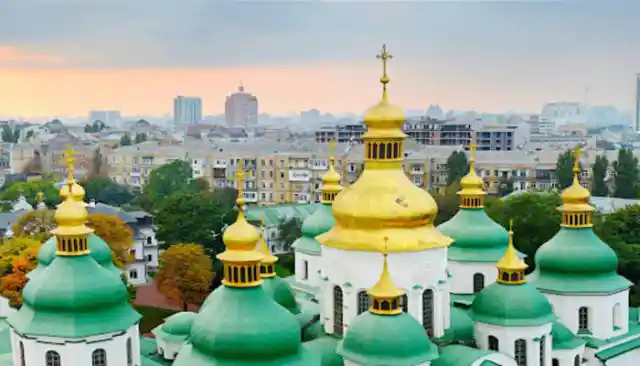
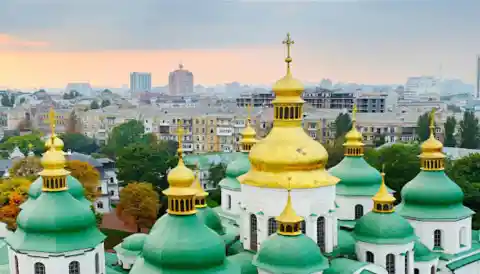
Carpathians beech forests, wooden tserkvas, the Struve Geodetic Arc that gave us an accurate calculation of a meridian arc, the Chernivtsi Residence of Bukovinian and Dalmatian Metropolitans, and the Old Town (Lviv City) are among the other World Heritage sites.
Ukrainians Love to Drink
Guests in Ukraine might be surprised by the locals’ drinking habits. Like many other Europeans, Ukrainians love to throw back a few drinks. Favorites include cold Ukrainian beers such as the Lvivske or the Oblon, the fruity Kompot, and the Horilka. Locals are also partial to shots of imported spirits like cognac, consuming much more than the rest of the world.
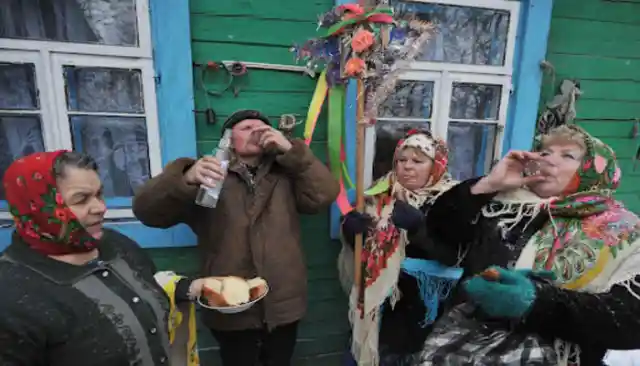
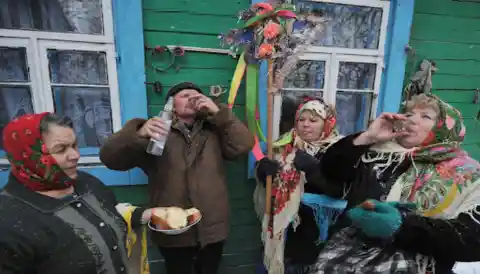
Ukraine ranks sixth in the world in alcohol consumption – not a bad score with a population of a little over 41 million. They are only topped by their glugging neighbors Russia, Moldova, Lithuania, Belarus, and Romania.
Ukraine’s Famous Burning Water
There’s a misconception that Ukrainians mostly drink vodka, and that’s because they themselves use this term, even when they are technically referring to horilka – their national drink. Both are clear spirits, so for the sake of simplicity, they often just use the term “vodka” interchangeably.
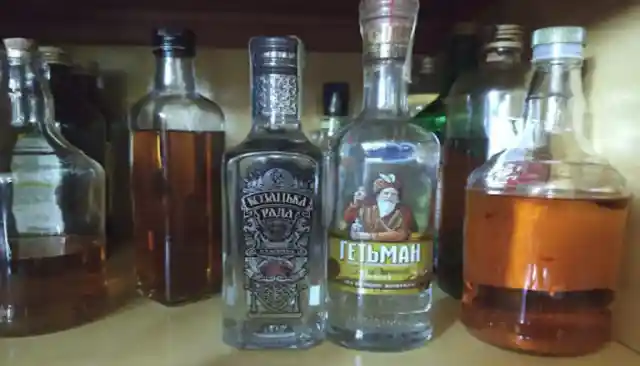
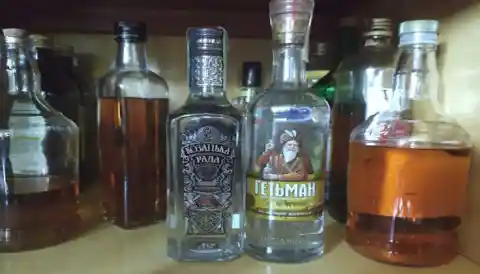
Though horilka may be referred to as vodka by many Ukrainians, the two spirits differ in taste. Horilka actually translates to “burning water”, and its drinkers are treated with a chili pepper flavor with every shot. Conversely, the meaning of vodka is “little water”, deriving from the Slavic term “voda”.
It’s Just Ukraine, Not “the Ukraine”
Referring to the country as “The Ukraine” is not something the government or citizens are too concerned about. However, it is not the correct terminology. Since Ukraine gained its independence from the USSR, after the dissolution of the latter, it has been known quite simply as “Ukraine”.
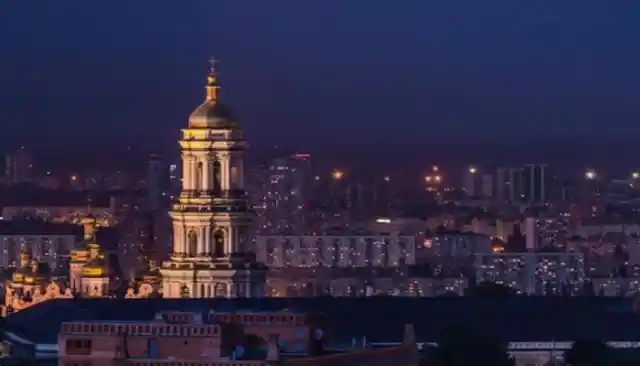
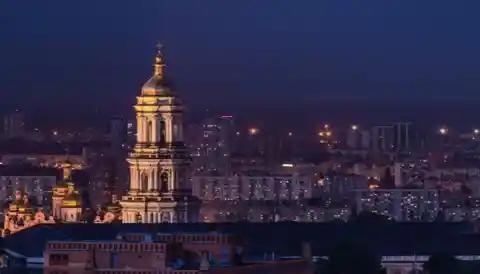
To refer to it in the obsolete long-form is tantamount to disrespecting Ukraine’s sovereignty. It’s also grammatically incorrect. The origin of the word “Ukraine” is Slavic, and it translates to “borderland”.
The World’s Deepest Station
Cutting across Kyiv from east to west, with 18 metro stations across the line, is the historical Sviatoshynsko-Brovarska, which started operations in 1960. Step down into it, and you may feel a sense of familiarity as it is reminiscent of the London Underground.
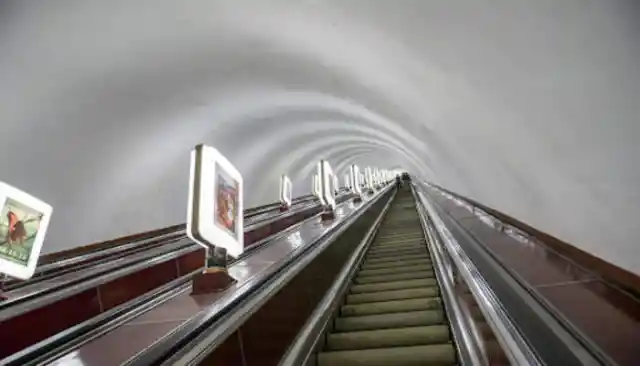
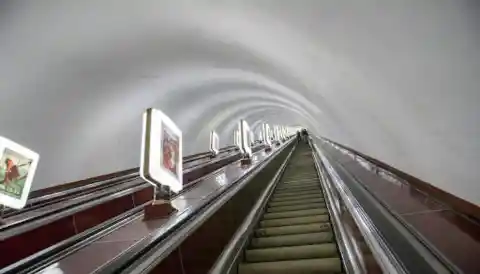
One of its many stations is the Arsenalna. At 105.5 meters underground, before Dnipro, it is the deepest in the world. After disembarking from the subway and getting on the escalator, it takes five minutes to reach the top landing.
Historical Khreshchatyk Street
Touring around Kyiv and following its thoroughfare from the northeast, where the European Square is situated, leads to the Bessarabska Square through Khreshchatyk street. It is the shortest main road in the world, measuring just 1.2 km. The Besarabsky indoor market can be found at the street’s southwestern end.
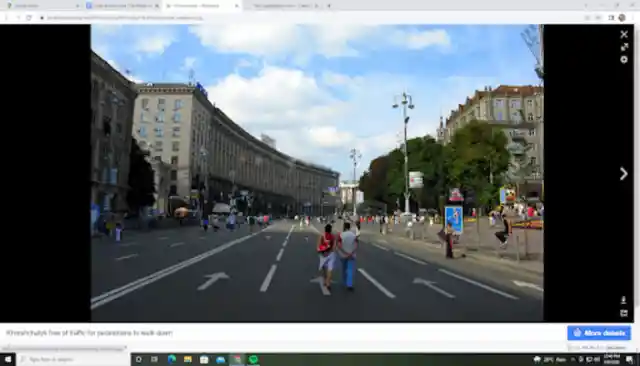
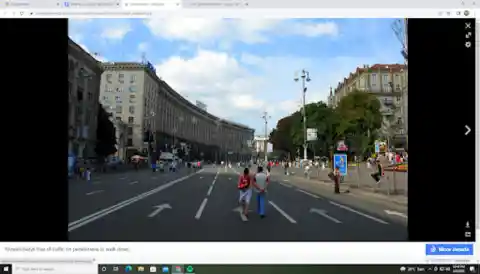
During the Second World War, the Red Army destroyed this road to deter the German advance. The Khreshchatyk has since undergone major renovations, the bulk of which were achieved after Ukraine’s independence. The Main Post Office, Kyiv City Council, and the Ministry of Agrarian Policy are some of the offices that can be found along its stretch.
Chicken Kiev’s Disputed Origins
If you’ve ever had a chicken filet stuffed with an abundance of butter, with egg and some bread crumbs added to the mix, you’ve enjoyed a dish known as the Suprême de Volaille à la Kiev. The general impression is that this originated in Ukraine's capital. But the history of this dish is not so clear.
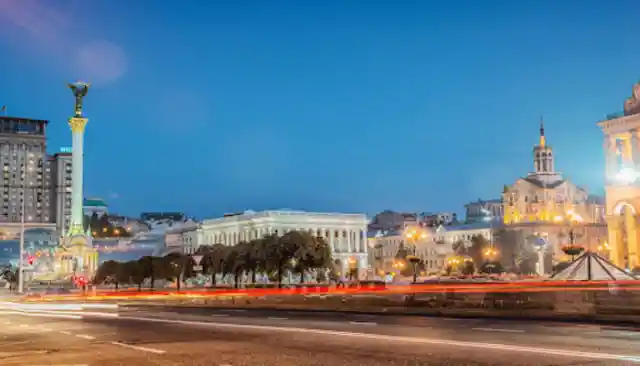
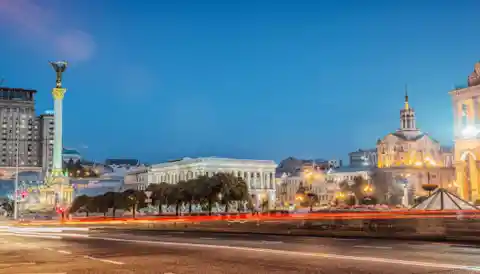
The truth is that it’s definitely not from Kiev. Many believe that this fancy dish, which became famous among states of the former Soviet Union in the 19th century, was introduced to the world by French chefs who had been hired by Russian aristocrats.
Remarkably Fertile Soil
Millions of tourists from all over the world visit Ukraine every year to see its tourist sites and enjoy its vast landscapes that are just perfect for postcard images. Its lands are very fertile, and beneath its beautiful scenery, you’ll find layers of black earth, making Ukraine’s acreages among the most fertile in the world.
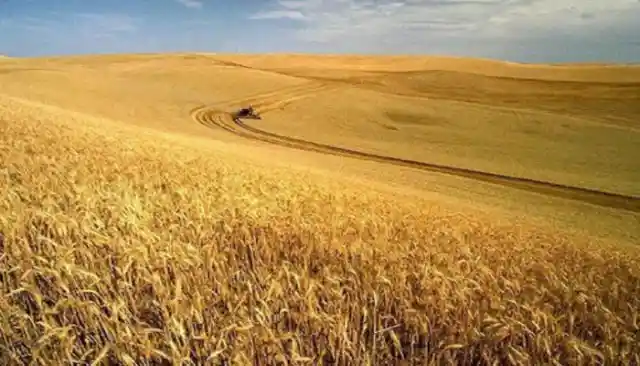
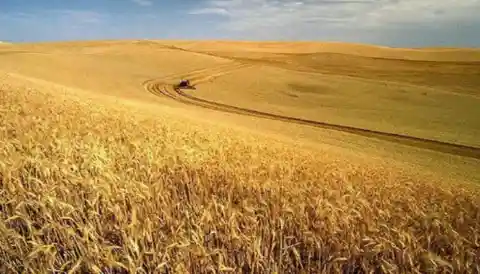
Because of its rich soil, composed of humus, phosphorus, and ammonia, known as Chernozem, Ukraine used to be regarded as Europe’s breadbasket. Unfortunately, it suffered the Great Famine when Stalin enforced the agricultural sector’s collectivization program to solve the grain distribution crisis of the Soviet Union.
The WWII Yalta Conference
The republic suffered terrible damage during World War II, and this was made doubly worse by the famine that resulted from widespread destruction of infrastructure, the drought of 1946, and disruption of services, including the lack of effective policies to counter the starvation.
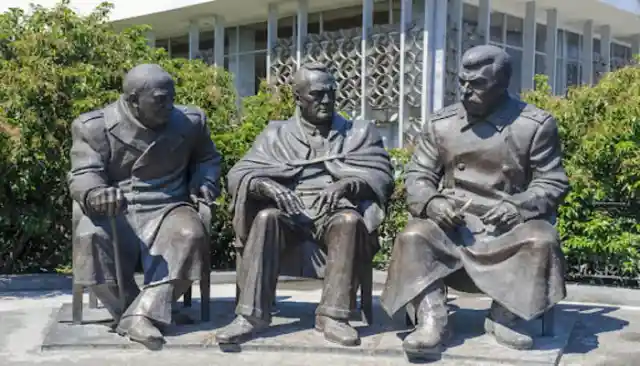
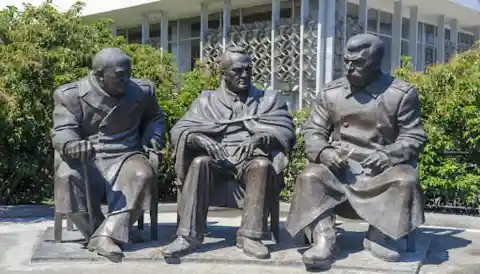
To rebuild the future and relations among nations, the Yalta Conference was held in Crimea at the Livadia Palace. The conference was attended by world leaders, including Winston Churchill, Franklin Roosevelt, and Joseph Stalin. Their aim was to reorganize Europe.
Northern Ukraine’s Abandoned Towns
Since the nuclear accident at Chernobyl in 1986, Pripyat and other towns exposed to the lethal radiation have remained ghost towns – abandoned by hundreds of thousands of former inhabitants. This area in the north of Ukraine is now referred to as the Chernobyl Exclusion Zone.
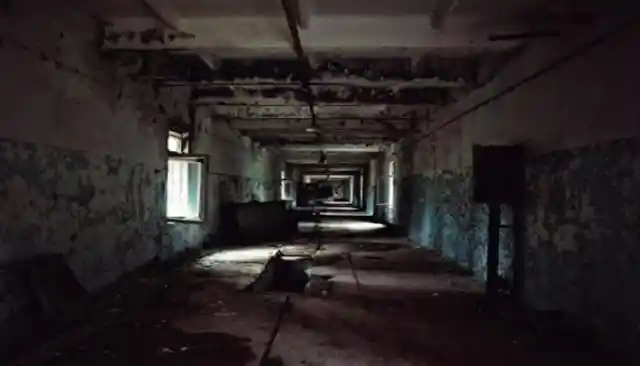
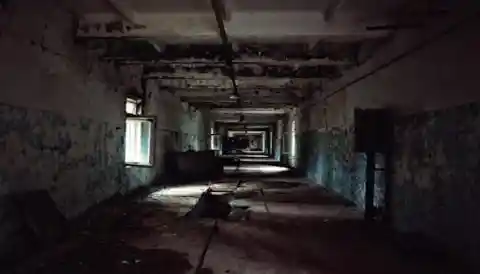
The area is still contaminated with radiation up to this day, and levels are high in many areas. Still, flocks of tourists and “influencers” opt to visit Chernobyl, go on tours around the ghost towns, and risk their health for the perfect apocalyptic selfie.
Lviv’s Coffee Culture
A trip to Lviv, the country’s sixth-largest city, is often taken by tourists who seek the thrill of sporting events. It is also the site of Lviv University, the oldest educational institution in the country. But the most fascinating aspect of the place is its vibrant coffee culture.
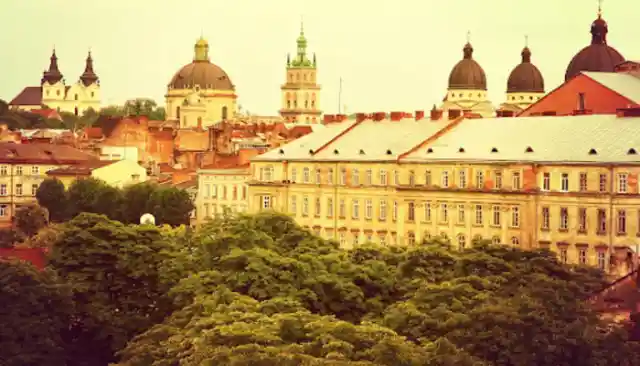
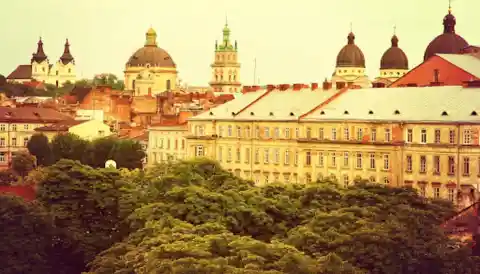
The city has the most cafés in the world (per capita). It has a relaxed atmosphere that tourists love, and it boasts a rich art scene to complement the avenues lined with cozy coffee shops populated by unhurried guests.
The Gas Lamp Was Invented in Ukraine
In 1853, pharmacists Ignacy ŁUkasiewicz and Jan Zeh invented the gas lamp in a shop in Lviv that’s now called Under the Golden Star – a fitting name for a place where photons were released in a new way, lighting up spaces that had previously felt eternally damp and gloomy.
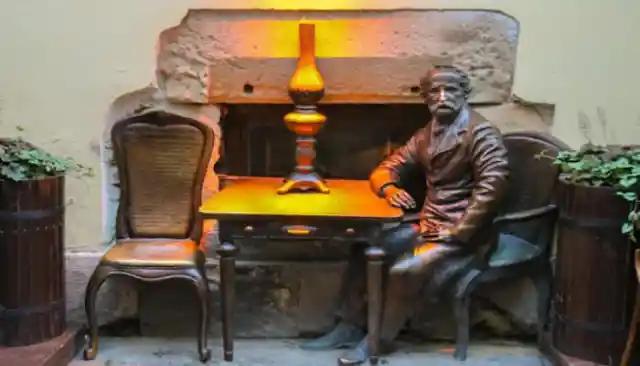
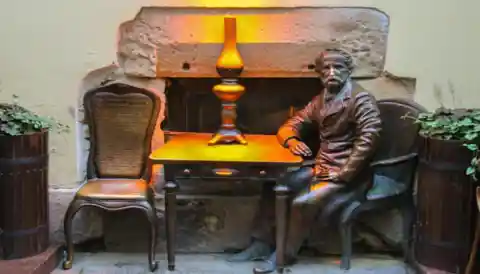
Under the Golden Star is a pub and restaurant that displays ancient inventions, including the desk lamps of Franz Joseph I and Italian General Giuseppe Garibaldi. With a total of 528 items, the pub/museum has the second-largest collection on the continent.
Quaint Klevan
Klevan Castle may have been abandoned, but it still watches over the Stubla River. It was strategically built in 1561 and was an important hub until the Orthodox house of Chortoryisk converted to Catholicism. Another popular landmark here is the Tunnel of Love.
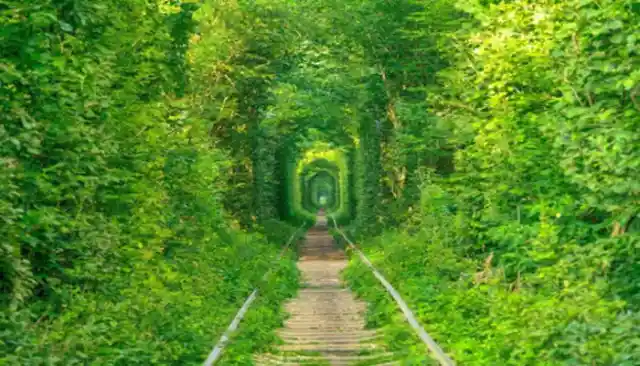
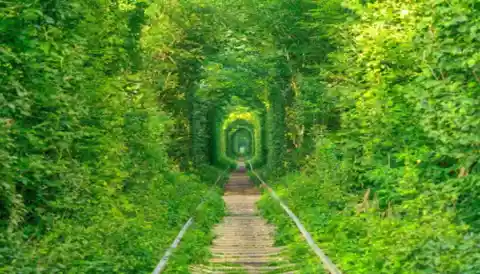
Pleached tree branches form an interconnected shade structure over this railway that connects Klevan to Kivertsi and the city of Rivne. Far away from the hustle and bustle of Ukraine’s metropolises, friends and lovers find the time to walk through the Tunnel of Love.
The World’s Biggest Plane
The biggest cargo plane in the world was built in Ukraine in the 1980s to support the Buran Program by lifting orbiters that needed a jump-start into space. The Antonov An-225 has since been sidelined because of its size and lack of funding.
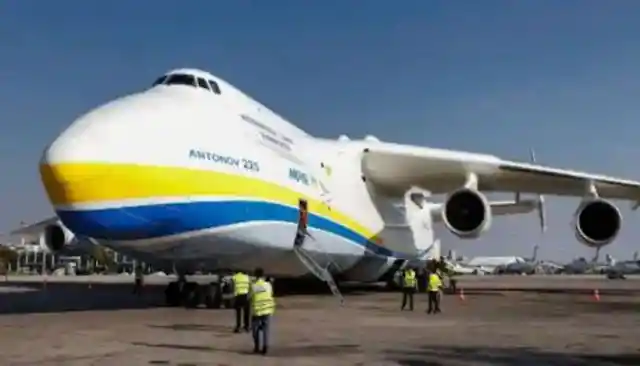
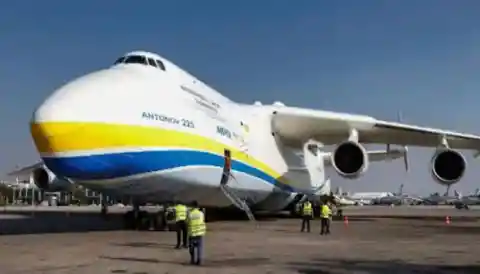
Through the years, the “Mriya” has done little more than dream of a life in the sky, with its monumental wingspan simply wasting away in a hangar. It was reportedly destroyed during the recent Russian invasion.
Ukraine’s Powerful Military
Ukraine boasts a large and powerful military force. Its military equipment is largely composed of remnants from its breakup with the former Soviet Union. These were collected after the failed August Coup of 1991 when die-hard communists plotted to oust Mikhail Gorbachev and put a stop to his reform programs.
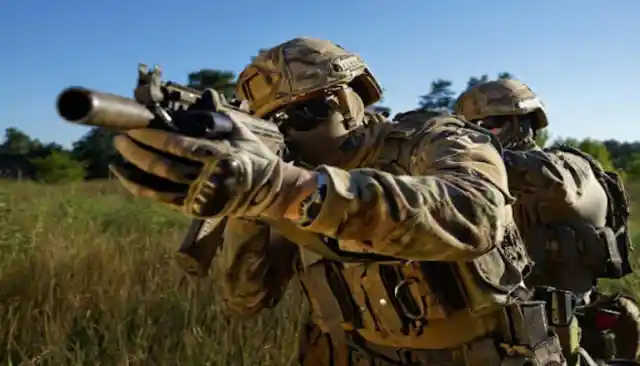
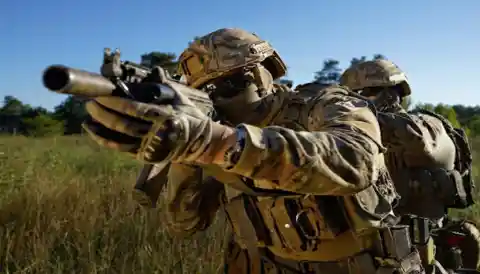
Behind Russia, which unfortunately has turned its gunsights on its former partner, Ukraine’s military presence ranks second in Europe. Many weapons and aircraft are now being added to their inventory by allied nations following Russia’s 2022 invasion.
Winter Sports in Ukraine
Ukraine took part in the Winter Olympics for the first time in Norway back in 1994. It ranked 13th overall after sending 37 competitors to compete in 10 events. Back home, the country has a handful of stylish ski resorts strewn along its scenic mountain ranges.
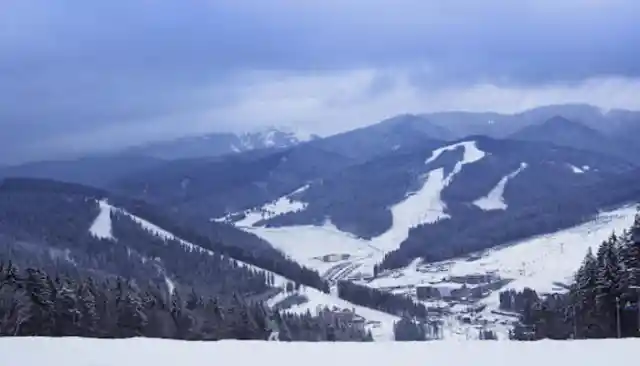
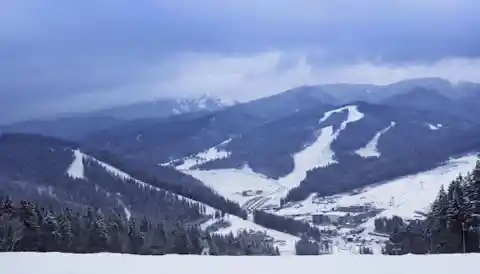
Eastern Europe’s largest ski resort is located at the Bukovel in Ukraine, some three thousand feet above sea level, along the Carpathian Mountain ridges. Skiing enthusiasts have 220 hectares of space for various runs, from easy to expert levels.
Easter Eggs Are a Symbol of Rebirth
Legends and superstitions aren’t new to Ukrainians who put much value on their easter eggs called Pysanky. They inscribe traditional patterns around the eggs using the resist-dyeing style and batik methods, then coat them with beeswax. The traditional belief is that it is a symbol of rebirth, celebrated during spring.
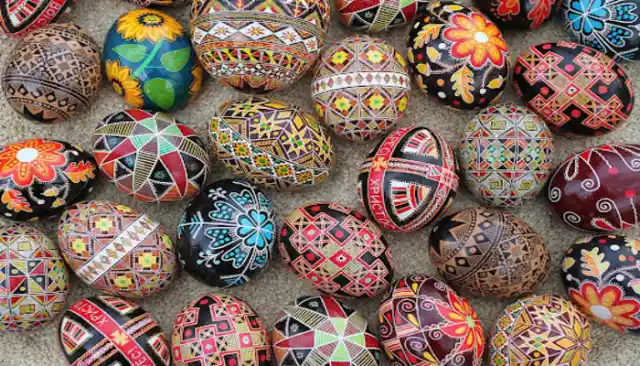
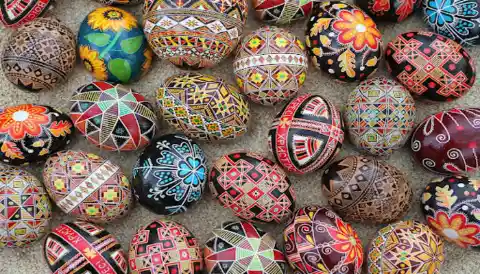
Some also believe that the decorated eggs can be used to ward off evil, protecting households against fires and catastrophes by trapping bad spirits within the patterned sphere. Ukrainian scholars believe that this art of batik egg decoration may have originated from the pre-Christian era.
There’s a Large Soviet Monument in Kyiv
Since 2015, communist symbolism and street names have been banned in Ukraine, eradicated in an effort to banish the ghosts of the old regime and make way for the nation’s modern renovation. But the Motherland Monument remains, standing 62 meters (around 203 feet) high on the outskirts of Kyiv.
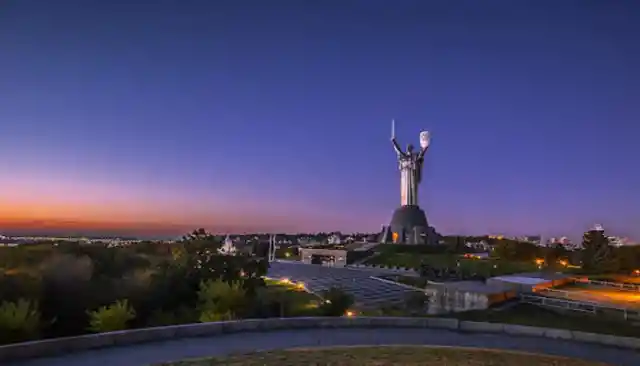
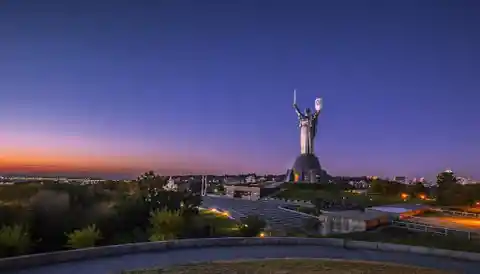
Its shield has the Soviet Union’s emblem, while its right hand wields a nine-ton sword. This monument stands within the grounds of the National Museum of the History of Ukraine in the Second World War. The names of people considered to be heroes of the Soviet Union are inscribed in the memorial hall.
Vyshyvanka – Ukraine’s National Costume
The embroidery of the Vyshynvanka is an identifier of its user’s roots, with its basic colors – white, black, and red – supplemented by green, blue, and yellow. The costume was influenced by historical Scythian art that has existed in the country since the 5th BCE.
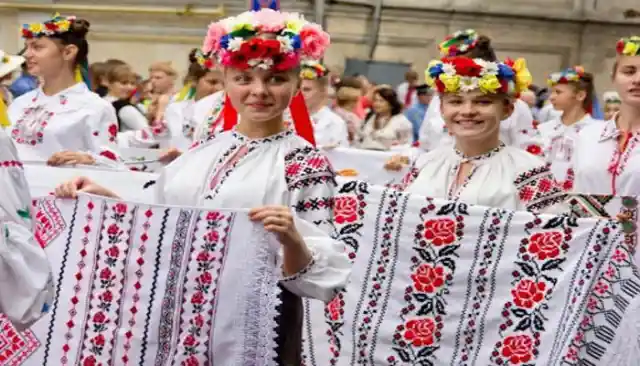
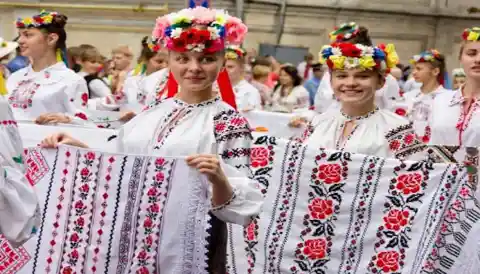
The Vyshyvanka is worn by both men and women, and to the trained eye, the hand-sewn floral designs represent the locality in which the garment was made. The threads were traditionally colored using berries, leaves, tree bark, and other local environmental elements, so the source is forever part of the craft.
Sunflower Are a Symbol of Peace
Ukraine is the world’s biggest producer of sunflower seeds, which have been grown in the country since the middle of the 18th century. The Ukrainians call their favorite snack the soniashnyk, and they revere the sunflower as the symbol of peace.
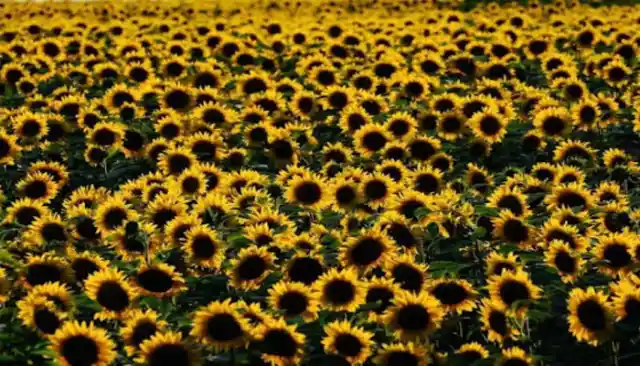
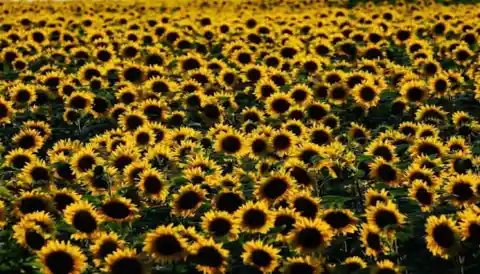
This is why sunflowers have been seen all over the place since the Russian invasion. People are placing sunflowers outside their homes as a symbol of their support for Ukrainian civilians, offering them to Ukrainian soldiers, and collectively hoping the war will soon come to an end.
Salo Is Ukraine’s National Dish
Salo is made from cuts of pork fat that are cured with brine or dry salt. On some occasions, locals use pork belly instead of cuts taken from the pig’s back and treat it with spices or various seasonings. It is similar to lard or bacon, except that it’s mainly composed of fat.


Ukrainians consume the Salo raw or cooked. Thin slices of the salo are commonly eaten with bread and enjoyed while drinking horilka or vodka – Ukraine’s most popular alcoholic beverages.
Ukrainian Women Wear Wedding Rings on the Right Hand
In some countries, like the United States, wedding rings are worn on the fourth finger of the left hand. This stems from a belief that a vein from the ring finger goes directly to the heart. The tradition in Ukraine is different. Grooms give the bride a wedding ring designed for the right ring finger.
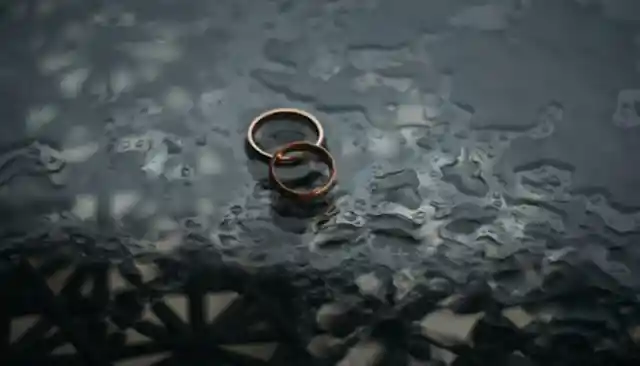
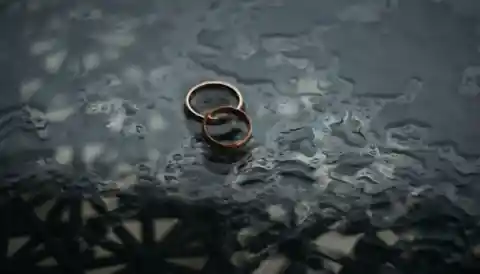
Throughout their married life, Ukrainian women should never shift their wedding ring to the left hand. This is only permitted when the husband has died, and it is a way to indicate that the woman has become a widow.
Kyiv – the Hero City
Codenamed Operation Barbarossa, Germany waged total war against the Soviet Union and sent a formidable army to conquer its western region. Captives were either killed or used for forced labor, but the fighting had been tougher than they initially thought, with civilians volunteering to fight alongside the Red Army in the encirclement of Kyiv.
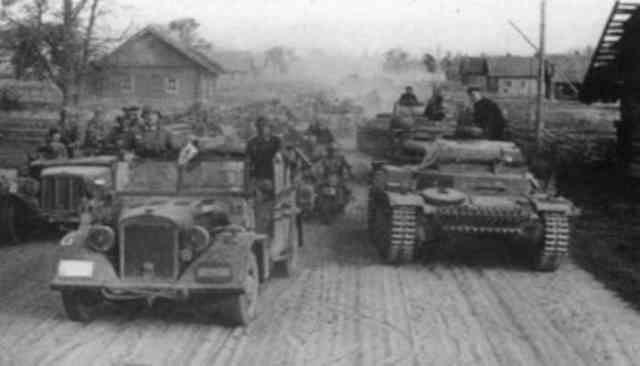
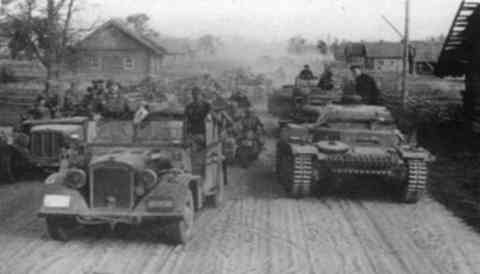
More than half a million Soviet soldiers were captured during the battle, and many of them were treated inhumanely. The city was awarded the honorary status of “Hero City” for its intense resistance.
McDonald’s in Ukraine Is Surprisingly Busy
The popularity of Big Macs, French fries, and such products took off in Ukraine in 1997. During the opening of its first branch close to the Lukyanivska metro in Kyiv, thousands of people from nearby places traveled to grab a bite of some tasty, albeit not so healthy, American fast food.
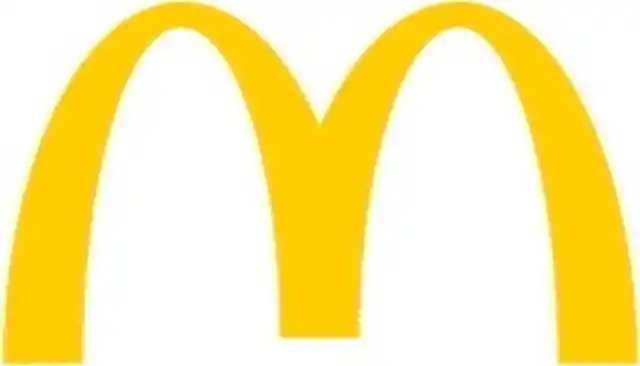
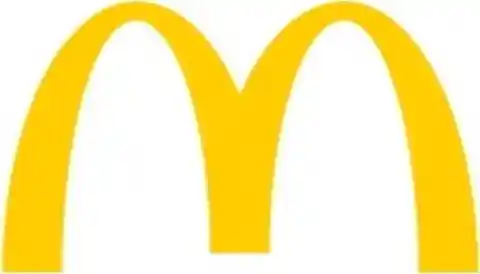
This McDonald’s restaurant is said to be the world’s third-busiest branch. Mcdonald's now has more than 5,000 employees in Ukraine, with nearly sixty branches in different locations all over the country.
Ukrainian Cossacks
Across the globe, millions of people claim Cossack ethnicity, associating their family histories with its various groups formed from as early as the 15th century. However, the reality is that Cossack history is rather blurry. It certainly played a vital role in the cultural and historical development of Ukraine and Russia, but we don’t have a clear understanding of its roots.
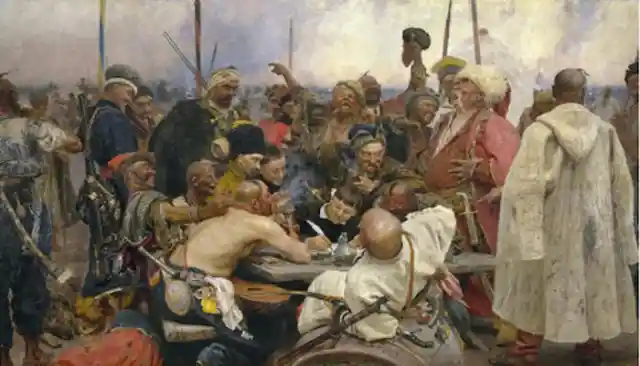
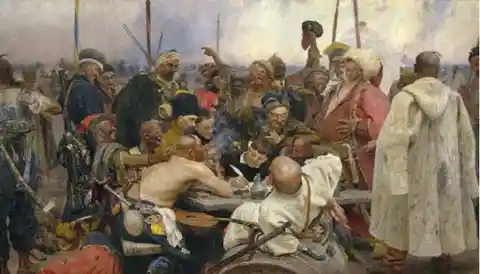
Cossacks are believed to have inhabited steppe land areas close to the Black Sea and the Don and Dnieper rivers. They are well known for their horsemanship and skills on the battlefield.
Russia Has a Gas Pipeline That Runs Through Ukraine
The price of natural gas has skyrocketed all over the world, especially in Europe, since the rise of tension between Russia and Ukraine and the subsequent invasion of the latter by the former. This is because at least a quarter of Europe’s gas supply comes from the aggressor nation.
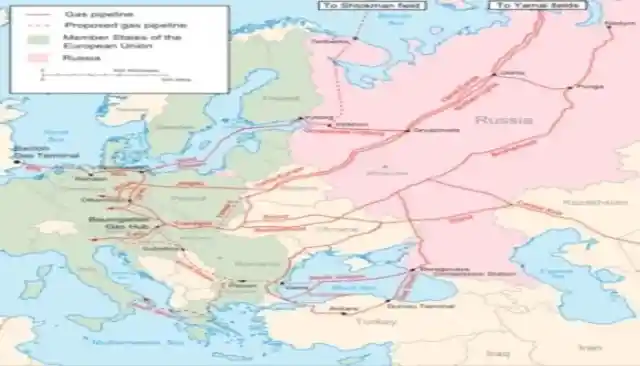
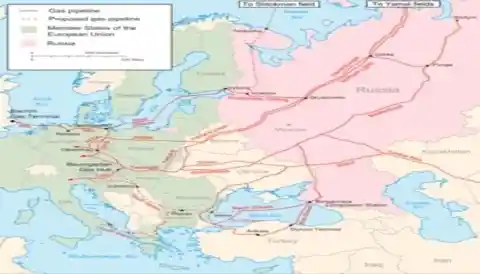
Around 80% of the natural gas that flows to the European Union goes through pipelines installed in Ukraine. Even before the Russian invasion of Ukraine in 2022, there had been continual disputes as to the pricing of natural gas and the costs associated with its transit.
Asgarda Warriors
Up in the Carpathian mountain ranges of Ukraine lie thick forests that are home to wolves, brown bears, and lynxes. This is a flourishing territory, full of multifarious plant species, and it is also the stomping ground of a group of Ukrainian women who have escaped from city life to form the Asgarda tribe.
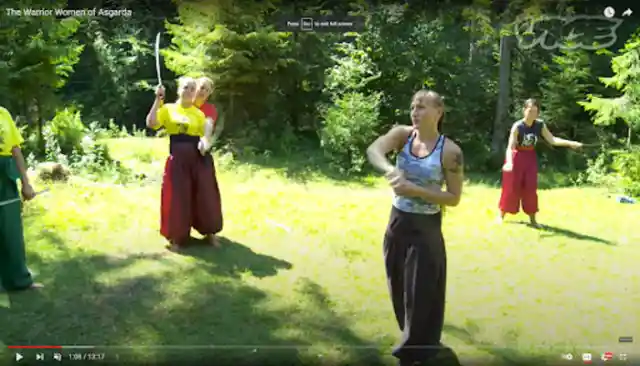
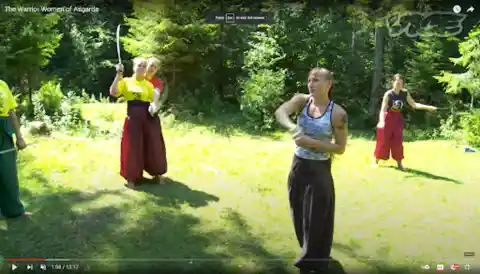
Many of the tribe members claim to be descendants of warrior women whom they believe used to roam in Ukrainian territory. They train in martial arts in complete seclusion and hope to build a new generation of warriors.
The Trembita – A Uniquely Ukrainian Musical Instrument
The trembita is a kind of alphorn (or alpine horn) that ranges from one to three meters in length. Made from pine wood or spruce, its tubular shape is designed to emit a sound capable of reaching the next mountain, sonorously traveling a 10km (6.2 miles) distance.
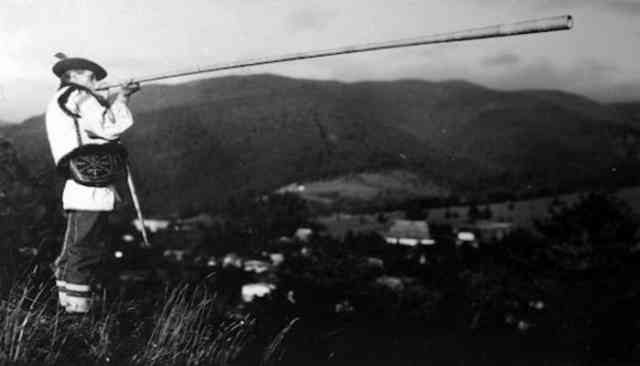
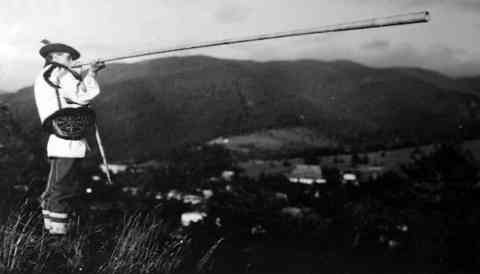
Western Ukrainian tribes known as Hutsols used the trembita to send messages through valleys in the Carpathian mountains. They would project prearranged sounds through the horns, notifying distant tribes of deaths, funerals, weddings, and other important events. Nowadays, the trembita is sometimes used in symphony orchestras or in Boyko or Hutsol folk festivals.
Peaceful Protest – the Orange Revolution
Viktor Yanukovych’s initial victory over Viktor Yanukovych in Ukraine’s 2004 Presidential Election caused unrest. Instead of being a clean, new administration with fresh programs, there were wide reports of electoral fraud, corruption, and the use of intimidation tactics.
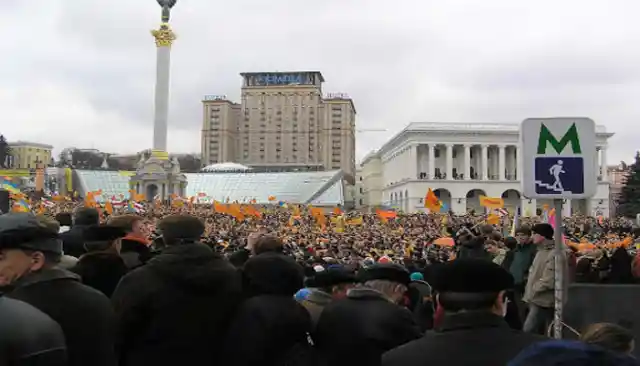
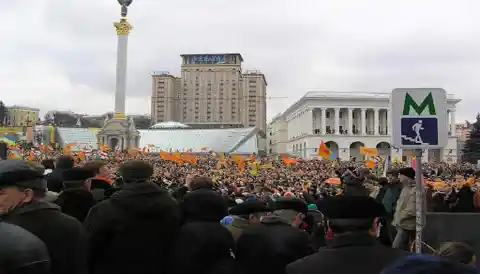
Concerned citizens gathered in Kyiv to oppose the rigged election result, and this was followed by peaceful protests and civil unrest that became known as the Orange Revolution. The first election was eventually nullified by the supreme court, and Viktor Yushchenko was declared the winner after a revote.
The Crimean Referendum of 2014
After the Revolution of Dignity, which resulted in the ousting of Ukraine’s fourth president, Viktor Yanukovych, Russian President Vladimir Putin decided to annex the Crimean Peninsula, dragging the territory “back to Russia,” as he declared when describing his actions.
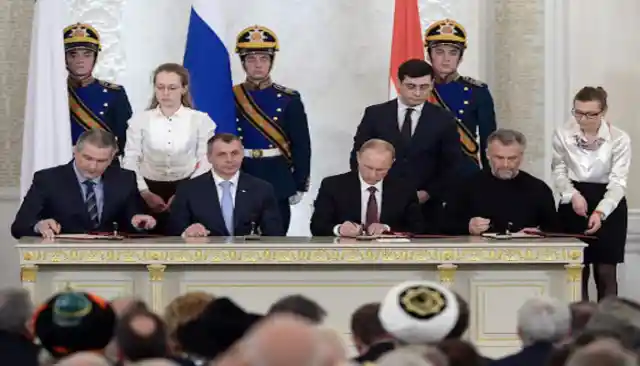
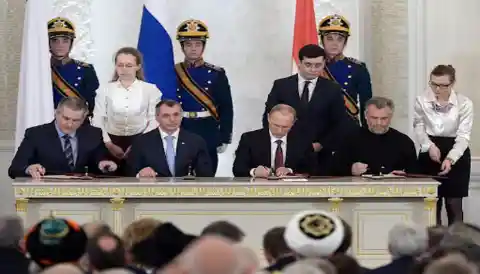
This was followed by a referendum in 2014 to determine Crimea’s status – either as a subject of Russia or as part of Ukraine. The result came out overwhelmingly in favor of its integration back to Russia, but this was declared invalid by virtue of a resolution by the United Nations General Assembly. Still, Crimea remains a Russian territory.
What Do the Colors of the Ukrainian Flag Mean?
From 1917 to 1921, the Ukrainian flag was yellow over blue, drawing into our consciousness the golden domes of the many Christian churches all over the country and the Dnieper River’s blue hue. This was later flipped so that the blue color is on top.
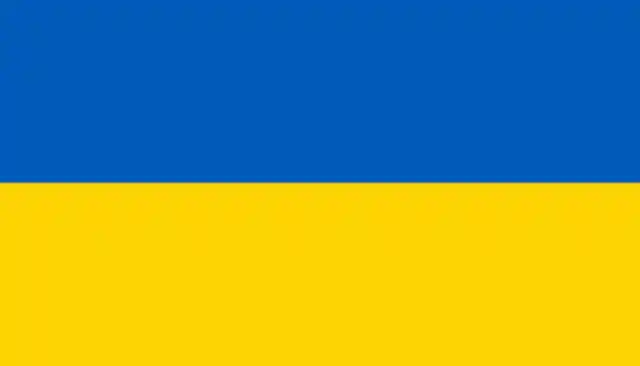
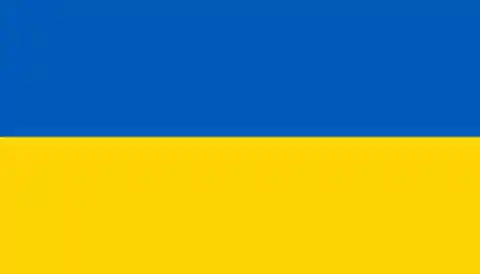
This made more sense to most people who instinctively interpreted blue as the sky and yellow as the country’s wheat fields. It was, after all, the breadbasket of the continent. Then, of course, there are the yellow sunflowers – a symbol of peace – that make sense beneath the bright blue sky.
The Gravity of the Chernobyl Disaster
The evidence that has been gathered over the years suggests that the Chernobyl disaster could have been avoided, especially if staff at the nuclear power plant had been properly trained. Due to a combination of design flaws, a lack of funding, and poor training, the explosions released 5% of the radioactive elements into the environment, and the long-term effects of this are hard to quantify.
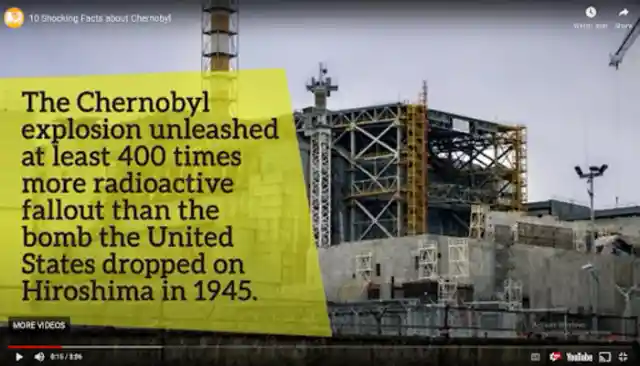
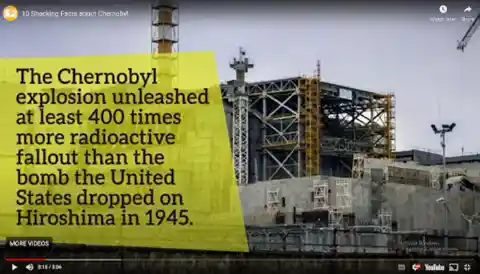
Scientists believe that the radioactive contamination was at least 400 times more than the Hiroshima atomic bomb. The Soviet Union spent around $68 billion to decontaminate the affected areas in 2019.
Deportation of Crimean Tatars
The Crimean Tatars were once the largest ethnic group in Crimea, but during the Second World War, it was alleged that some of the indigenous people in the region had collaborated with the Nazis. This resulted in their deportation by Joseph Stalin in 1944, right after Crimea was recaptured from the Germans.
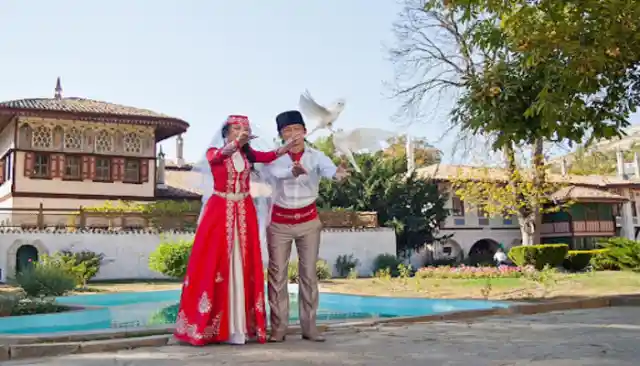
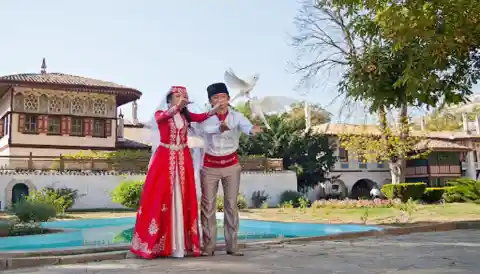
Almost half of their population were expelled to Uzbekistan and other parts of Central Asia. They were only granted a full right to return by the Supreme Soviet of the Soviet Union in 1989.
Life Expectancy in Ukraine
Healthcare programs in Ukraine have significantly improved since 2017. Medicines have become more accessible to ordinary citizens and are sold at much lower prices. Most Ukrainians are now healthier than ever, with many reaching their seventies and beyond and around 80% of citizens exercising regularly and getting into better shape.
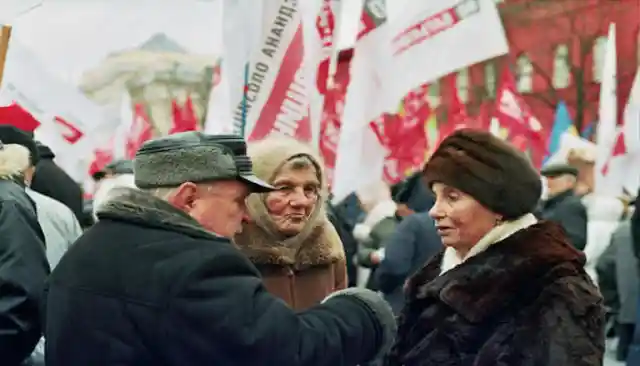
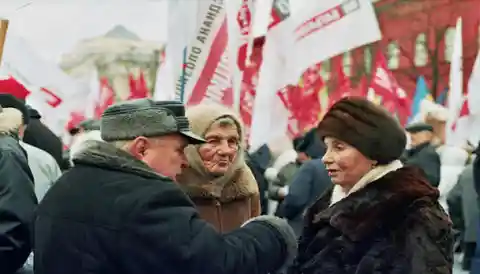
On average, Ukrainian men live up to 68 years old, while women reach the age of 77. Smoking among men dropped to 49% in 2011 (compared to 16 years earlier), so the nine-year gap is partially attributed to excessive alcohol consumption among men.
The Founder of Hasidic Judaism Was Born in Ukraine
Israel Ben Eliezer was born to a poor family in Western Ukraine. Known as Baal Shem Tov, which means “one with the good name,” he was the founder of Hasidic Judaism. You may see him referred to as the Besht, which is actually an acronym for Baal Shem Tov when written in Hebrew. As an orphan, he found peace and connection with God in the forests surrounding his home village.
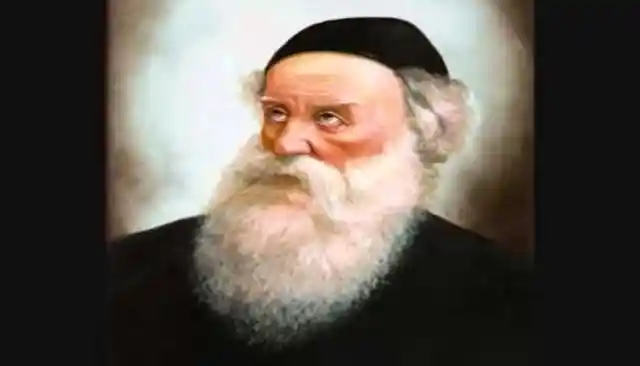

Information about the Besht has been handed down through generations by his students. They spoke of his divine behavior and his teachings, which centered around the importance of prayer as a means of connecting with the divine.
Civil Unrest – the Maidan Uprising of 2013
After the Soviet Union broke up in 1991, the newly independent state of Ukraine remained relatively neutral until President Viktor Yanukovych pursued closer ties with Russia. He decided not to sign the European Union–Ukraine Association Agreement, which would have improved economic and political conditions among its partner nations.
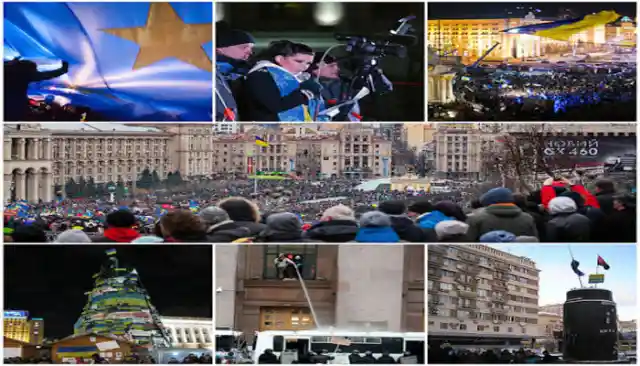
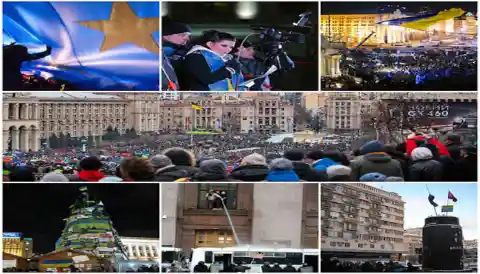
This unexpected decision by Ukraine’s fourth president caused massive protests and civil unrest that began in Kyiv’s central square – Maidan Nezalezhnosti. This led to the Revolution of Honor and the eventual dethroning of President Yanukovych.
Mass Murders at Babi Yar
A week after the city of Kyiv fell to the Nazis during its operations on the Eastern Front – a military campaign against the Soviet Union, Poland, and other European allies in the Second World War – 34,000 jews were rounded up and taken to a ravine in Kyiv called the Babi Yar.
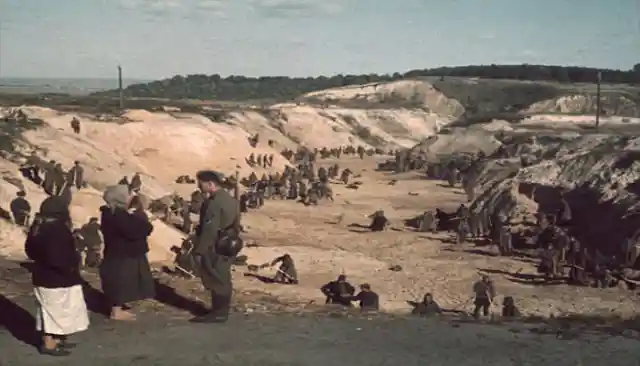
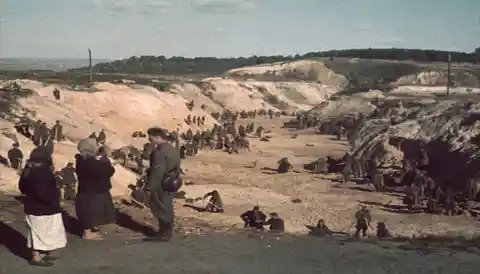
They were all massacred in this infamous area. Soviet captives, Ukrainian nationalists, and Romanis were also slaughtered here during the sinister Nazi campaign. This was one of the worst Holocaust massacres, only eclipsed by the Odessa Massacre that accounted for the death of 50,000 Jews.
The Crusade Against the Kulaks
In its bid to have more control over the countryside and its peasants and laborers, the Soviet Union collectivized Ukraine’s farmlands, integrating them into Sovkhozes and Kolkhozes, thus building socialism in the process. To expedite the redistribution of land, the Kulaks, who were farmers that owned at least eight acres of land, were deemed enemies and painted as profiteers.
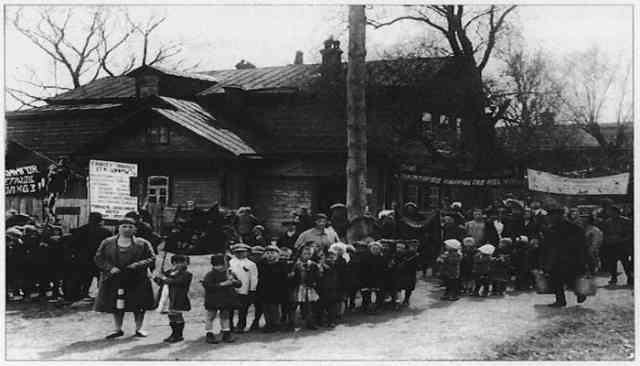
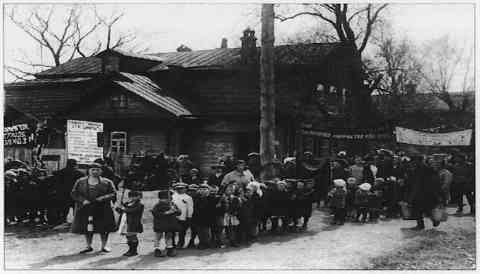
The dekulakization led to the exile of hundreds of thousands of Ukrainians to Siberian labor camps. Many were simply killed and their land and other possessions handed over to the proletariat.
The Transfer of Crimea to Ukraine in 1954
After its annexation from the weakening Ottoman Empire in 1783 by the aggressive Russian Empire, Crimea underwent a slew of jurisdictional transfers. Russian President Nikita Khrushchev initiated the handover to Ukraine. Historians claim it was a symbolic gesture intended to balance out past transgressions, such as the deportation of Crimean Tatars.
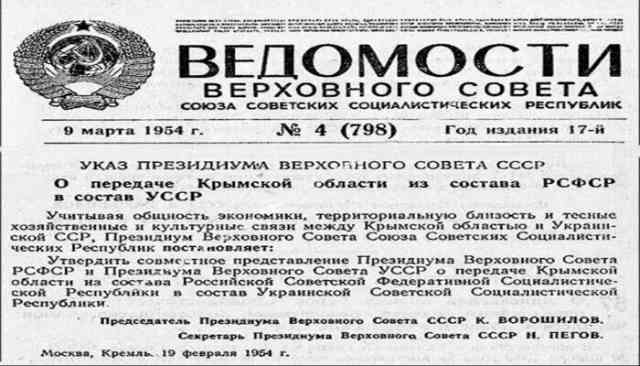
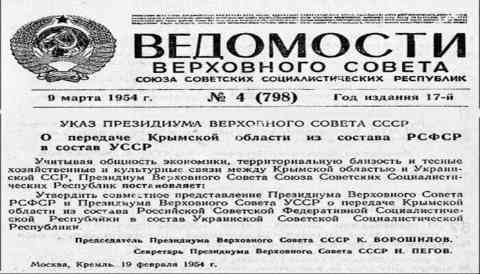
This transfer aimed to establish a new, strong bond between the Soviet Union and Ukraine. It was said that the Soviet leader was also personally sympathetic to Ukraine, deeming it his most cherished republic. The transfer of Crimea to Ukraine was materialized after Joseph Stalin’s death.